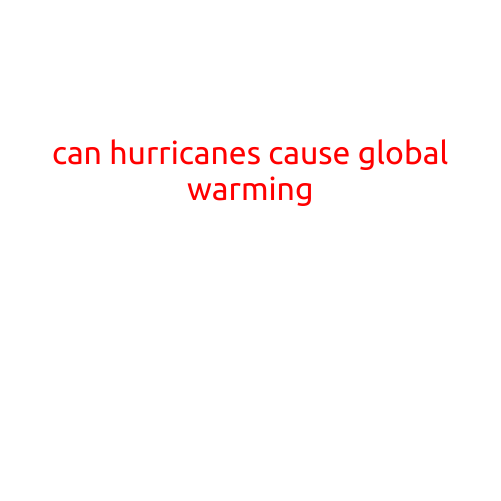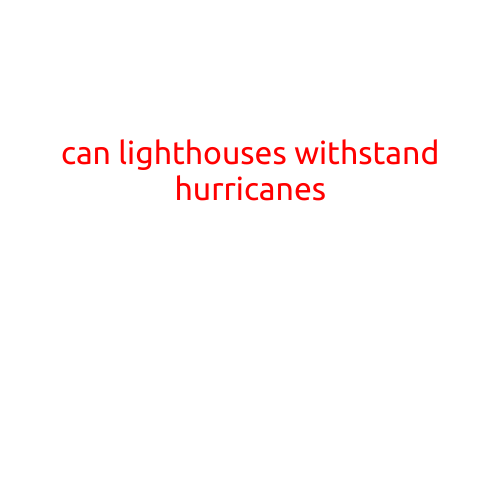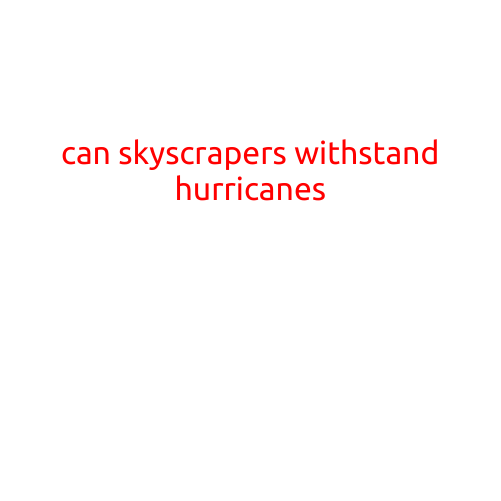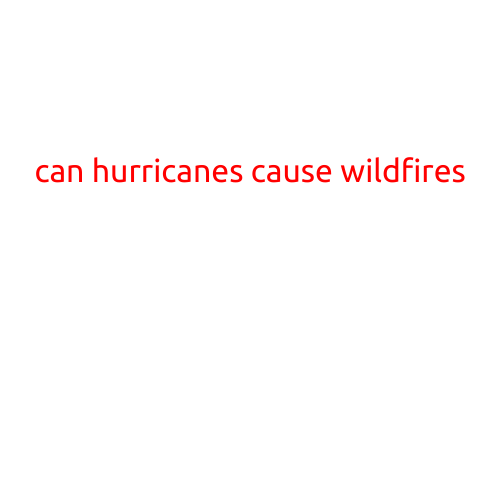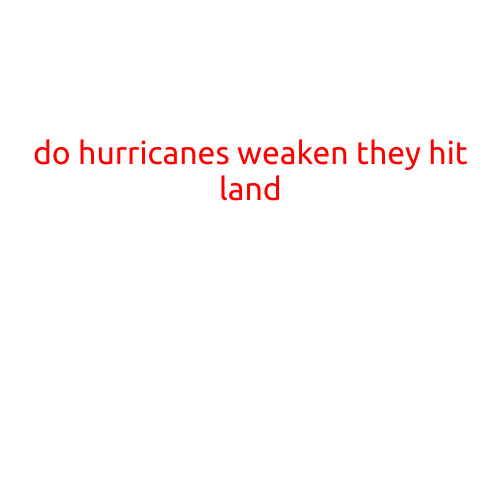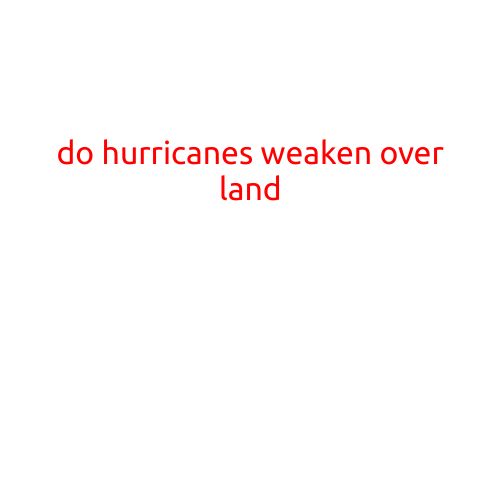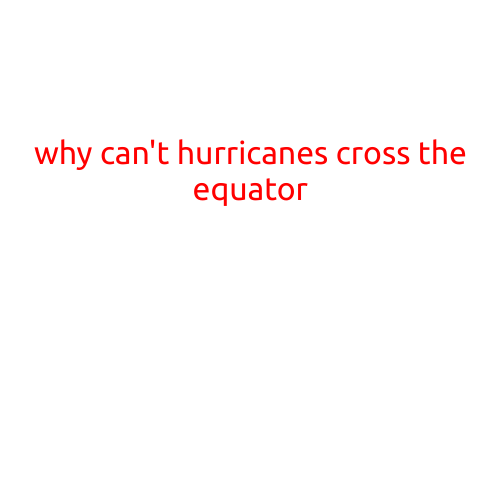
Why Can’t Hurricanes Cross the Equator?
Hurricanes are powerful tropical cyclones that form over warm ocean waters in the Atlantic, Pacific, and Indian Oceans. These giant storm systems are known for their intense winds and heavy rainfall, causing widespread damage and destruction when they make landfall. However, despite their impressive size and strength, hurricanes are bound to certain regions and cannot cross the equator. In this article, we’ll explore the reasons why hurricanes are confined to specific latitudes and cannot cross the equator.
Coriolis Force: The Main Culprit
The Coriolis force is the primary reason why hurricanes cannot cross the equator. This force is an apparent force that arises from the Earth’s rotation. It causes moving objects on the planet, including air masses and clouds, to be deflected from their path. In the Northern Hemisphere, the Coriolis force causes air masses to be deflected to the right, while in the Southern Hemisphere, it causes air masses to be deflected to the left.
In the tropics, where hurricanes form, the Coriolis force is relatively weak due to the Earth’s rotation. However, as a hurricane moves towards the equator, the Coriolis force becomes stronger, and the storm’s rotation begins to weaken. This is because the Coriolis force starts to counteract the hurricane’s winds, making it difficult for the storm to maintain its circulation.
The Role of Wind Shear
Wind shear, which refers to the change in wind speed or direction with height, is another factor that prevents hurricanes from crossing the equator. Hurricanes need a certain amount of wind shear to maintain their structure, but too much wind shear can disrupt the storm’s circulation. At the equator, the wind shear is usually high, making it difficult for hurricanes to maintain their rotation.
The Intertropical Convergence Zone (ITCZ)
The Intertropical Convergence Zone (ITCZ) is a belt of low-pressure systems near the equator where the trade winds from the Northern and Southern Hemispheres meet. The ITCZ is a region of high atmospheric instability, making it difficult for hurricanes to form or maintain themselves there.
Additional Factors
In addition to the Coriolis force, wind shear, and the ITCZ, several other factors contribute to hurricanes being unable to cross the equator:
- Cloud layering: The atmosphere at the equator is characterized by a deep layer of trade winds, which can disrupt the hurricane’s cloud cover and prevent it from reaching the surface.
- Sea surface temperature: The sea surface temperature is typically cooler at the equator, which can reduce the energy available for hurricanes to grow and maintain themselves.
- Upper-level winds: Upper-level winds, which come from the mid-level jet stream, can also disrupt the hurricane’s circulation and prevent it from crossing the equator.
Conclusion
In conclusion, hurricanes are unable to cross the equator due to the combination of the Coriolis force, wind shear, the Intertropical Convergence Zone, and other atmospheric and oceanic factors. While hurricanes can form at latitudes close to the equator, they are generally confined to the Northern and Southern Hemispheres. Understanding the reasons why hurricanes cannot cross the equator is crucial for predicting the tracks and intensities of these powerful storms.
I hope this article meets your requirements! Let me know if you have any further modifications or requests.
